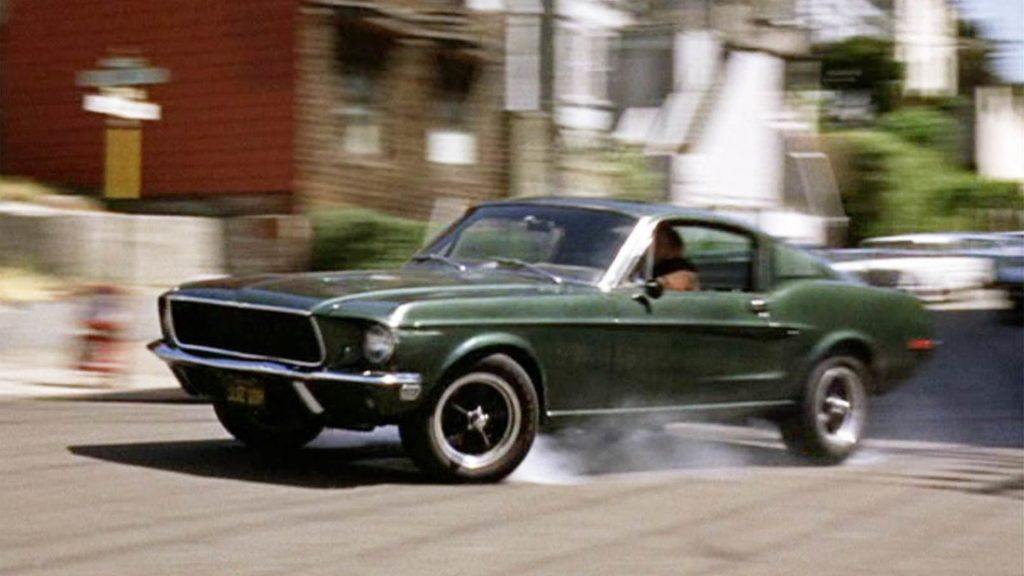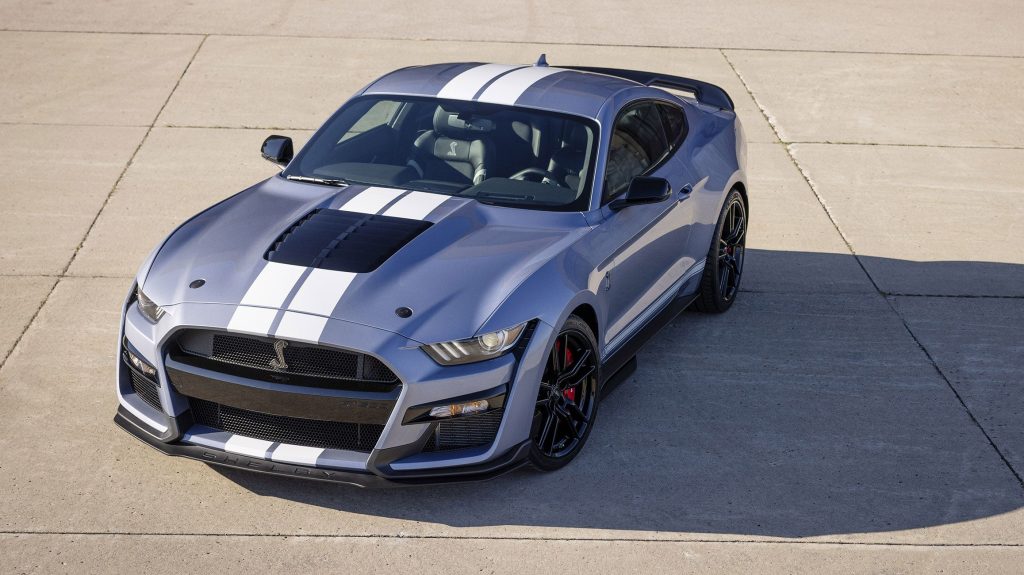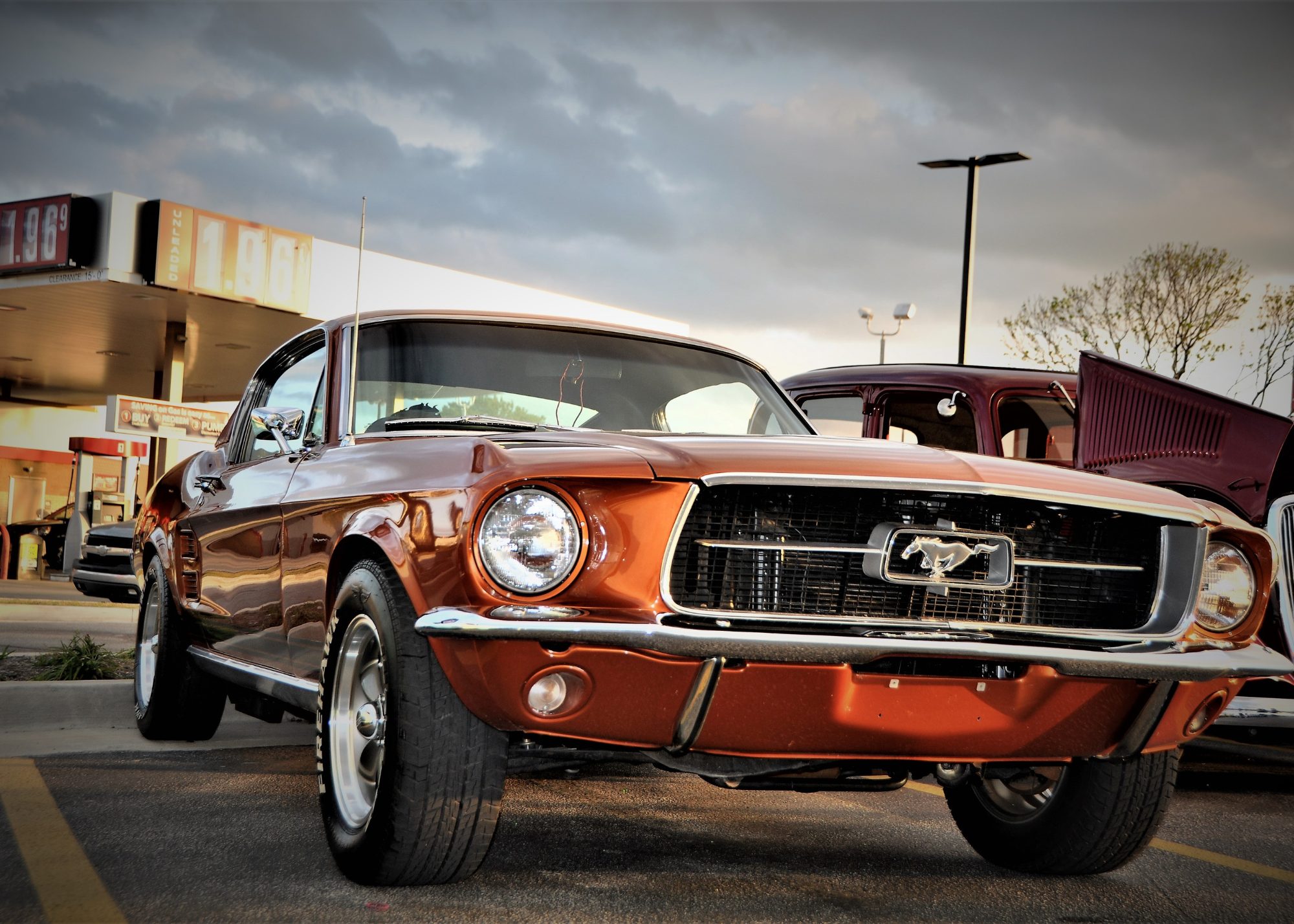History of the Ford Mustang: A Chronicle of American Automotive Icon
The Ford Mustang, often referred to as the “pony car,” is an American automotive icon that has captured the hearts of car enthusiasts and casual drivers alike for nearly six decades. Since its inception, the Mustang has become synonymous with the American spirit of freedom, power, and innovation. In this article, we’ll delve into the rich history of the Ford Mustang, exploring its origins, development, first-generation models, and the profound cultural impact it had during the 1960s.
Origins of the Mustang
The story of the Ford Mustang began in the early 1960s when Lee Iacocca, then the Vice President and General Manager of Ford, envisioned a new breed of American car. He wanted to create a vehicle that combined the sportiness and performance of a European sports car with the affordability and practicality of an American compact car. This vision led to the birth of the Mustang, which aimed to offer “sporty” and “affordable” in one beautiful package.

Development and First-Generation Models
The Mustang project started in 1962 under the codename “T-5.” Ford’s design team, led by Donald N. Frey, worked tirelessly to develop a car that would appeal to a broad range of consumers. On April 17, 1964, the Mustang made its grand debut at the New York World’s Fair. The timing of the launch was impeccable, as it coincided with the rise of the youth culture and the desire for more exciting and personalized vehicles.
The first-generation Ford Mustang featured several body styles, including a convertible, fastback, and coupe. It offered a variety of engine options, ranging from the modest six-cylinder to the robust V8, catering to customers with different performance preferences. This versatility allowed buyers to customize their Mustangs to suit their tastes, a concept that remains central to the Mustang’s identity today.
The Mustang’s cultural impact in the 1960s
The Ford Mustang was an instant hit, capturing the imagination of the American public and setting sales records. In its first year alone, Ford sold over 400,000 Mustangs, making it one of the most successful car launches in history. The Mustang quickly became a symbol of freedom, individuality, and the American dream.
One of the reasons behind the Mustang’s cultural impact was its prominent presence in popular culture. It appeared in movies, television shows, and music, cementing its status as an icon. Steve McQueen’s thrilling chase scene in the 1968 film “Bullitt,” featuring a Highland Green Mustang GT, is one of the most iconic car moments in cinematic history.
Additionally, the Mustang played a significant role in motorsports, competing in events such as the Trans-Am Series and the 24 Hours of Le Mans. Its racing success further bolstered its reputation as a performance-oriented vehicle.

Legacy and Evolution
Over the years, the Ford Mustang has undergone various redesigns and model updates, each catering to changing tastes and technological advancements. The second-generation Mustang, introduced in 1974, faced the challenges of stricter emissions regulations and fuel economy concerns, which led to a shift towards smaller engines. However, it still retained the essence of the Mustang.
In the late 1970s and early 1980s, the Mustang faced competition from European and Japanese imports, which led to a renewed focus on performance. The introduction of the Fox-body Mustang in 1979 marked a return to the car’s roots, emphasizing speed and agility.
The Mustang continued to evolve, with significant redesigns in 1994 (fourth generation) and 2005 (fifth generation). These iterations introduced modern styling and advanced technology while preserving the Mustang’s classic DNA.
In recent years, Ford has further expanded the Mustang lineup by introducing the Mustang Mach-E, an all-electric SUV, and the Mustang Shelby GT500, a high-performance variant with over 700 horsepower.

The Ford Mustang’s remarkable journey from its inception in the early 1960s to its status as an American automotive icon today is a testament to its enduring appeal and adaptability. It has transcended generations and continues to be a symbol of American ingenuity and passion for the open road. As the Mustang continues to evolve in response to changing automotive trends, one thing remains constant: the Mustang
Bonus – Win a Car
If you would like to win a car such as a Ford Mustang, Mercedes C63 or Range Rover Sport for FREE – then enter the Good Life Plus Car Giveaway today!
